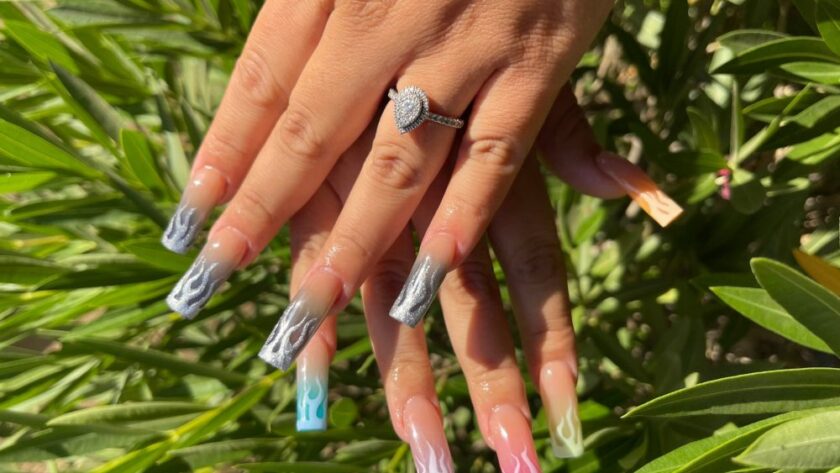The engagement ring is more than just a piece of jewelry; it symbolizes love, commitment, and the promise of a shared future. The evolution of engagement rings traces back to ancient civilizations and has undergone significant transformations, reflecting cultural changes, economic factors, and shifting societal values. This article explores how the engagement ring has evolved from its origins to the modern-day symbols of love.
In ancient Egypt, rings were crafted from braided reeds and leather, symbolizing eternity with their circular shape. Egyptians believed that the fourth finger of the left hand, known as the “ring finger,” contained a vein that ran directly to the heart, which is why it became the preferred finger for wearing engagement rings. This belief set the foundation for future customs surrounding engagement and wedding jewelry.
The Greeks and Romans further developed the concept of engagement rings. The Greeks introduced the use of iron rings, often adorned with intricate designs, to signify a woman’s betrothal. Meanwhile, the Romans popularized the practice of giving rings as a sign of ownership, with the engagement ring symbolizing a woman’s commitment to her partner. Rings during this period were often inscribed with symbols of fidelity and love.
The Middle Ages marked a significant shift in engagement ring traditions. The introduction of diamond rings in the 15th century marked a turning point, with Archduke Maximilian of Austria gifting a diamond ring to Mary of Burgundy. This gesture set a new standard for engagement rings, making diamonds the ultimate symbol of love and commitment. The allure of diamonds captured the hearts of many, solidifying their place in engagement ring history.
During the Renaissance, engagement rings became more elaborate, featuring intricate designs and gemstones. Couples began to choose rings that reflected their personal tastes and styles, leading to a diverse array of options. This period also saw the emergence of the “poesy” ring, engraved with romantic verses, serving as a poetic declaration of love.
The 19th century brought about further changes in the engagement ring landscape. The discovery of diamond mines in South Africa led to an increase in diamond availability, making them more accessible to the middle class. This era also marked the beginning of the modern marketing of engagement rings, with jewelers promoting diamonds as the quintessential choice for engagement.
The 20th century ushered in a new era of engagement rings, largely influenced by De Beers’ iconic marketing campaign in the 1940s, which introduced the famous slogan, “A diamond is forever.” This campaign cemented the diamond’s status as the standard for engagement rings, leading to a surge in diamond sales and an enduring association between diamonds and love.
Today, the engagement ring continues to evolve, reflecting contemporary values and personal preferences. Couples increasingly prioritize unique, custom designs over traditional options. Alternative gemstones, such as sapphires, moissanite, and lab-grown diamonds, are becoming popular choices, allowing for individuality and sustainability in ring selection. Additionally, the rise of online retailers has transformed how couples shop for engagement rings, providing access to a wider range of styles and price points.
In conclusion, the evolution of engagement rings is a fascinating journey that mirrors societal changes over centuries. From ancient symbols of eternity to modern expressions of love, engagement rings have transformed into diverse representations of commitment. As we move forward, it will be interesting to see how this cherished tradition continues to adapt to the ever-changing landscape of love and relationships.




